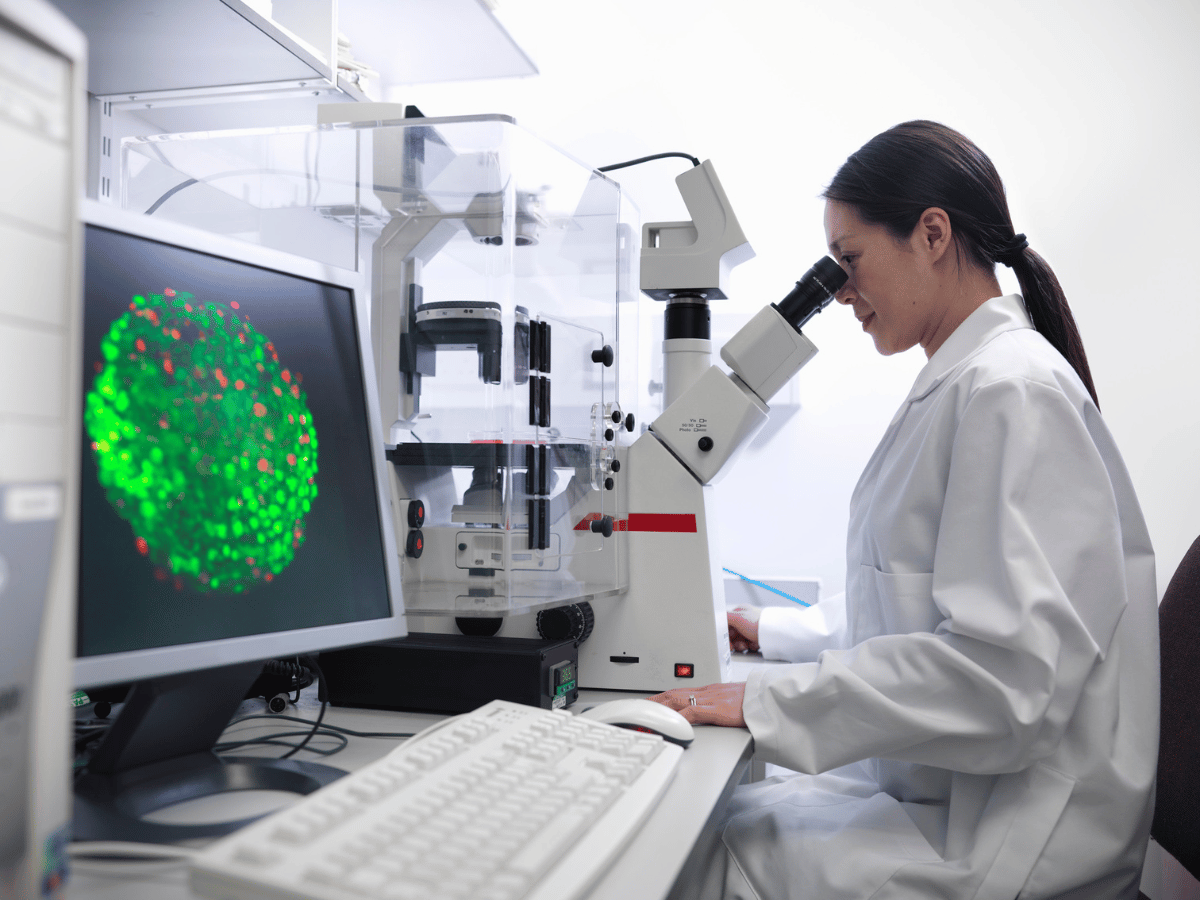
Imagine if we could heal damaged tissue, not just manage symptoms, but truly regenerate what was lost. That’s exactly the promise regenerative medicine offers. At its core, regenerative medicine is about restoring function by harnessing the body’s natural ability to repair and renew. Whether we’re talking about repairing joints damaged by osteoarthritis or reversing the effects of degenerative neurological diseases, the science behind this field is transforming how we approach treatment.
We’ve come a long way from traditional interventions aimed merely at alleviating symptoms. Instead of masking pain or prescribing lifelong drugs, regenerative techniques like stem cell therapy, tissue engineering, and gene-based approaches aim to solve the root cause of disease at the cellular level.
To understand regenerative medicine, it helps to picture the body as a construction site—with cells as builders. Regenerative therapies equip these builders with the materials they need to regenerate tissue. Stem cells play a central role, acting like blank slates that can develop into specialized cells.
This regenerative process can be triggered or supported through:
These advanced methods create a favorable environment where tissue can not only heal but restore full function.
Stem cell therapy has evolved from a fringe concept to a clinical reality. We now routinely use mesenchymal stem cells (MSCs) harvested from bone marrow or adipose (fat) tissue to treat conditions like:
Clinical trials continue to show improved mobility, pain relief, and long-term outcomes. One arthritis trial showed that patients receiving MSCs reported over 50% improvement in pain levels and mobility compared to those receiving standard care.
What makes this possible? These cells modulate inflammation, promote tissue regeneration, and integrate into surrounding tissue seamlessly. No foreign implants, no lifelong dependence on medications, just amplified natural healing.
Tissue engineering combines cells, biomaterials, and biologically active molecules to assemble functional tissues. Think of it as creating spare parts for the body, but custom-made at the cellular level.
Recent clinical examples include:
One inspiring story comes from a young patient receiving bioengineered esophageal tissue after multiple failed attempts using traditional grafts. The tissue integrated smoothly, restoring function in months.
At South Florida Multispecialty Hospital, we collaborate closely with research institutions to stay at the forefront of implementing these breakthroughs in real-world clinical environments.
As game-changing as stem cells are, they often need structural “blueprints” to guide them. That’s where biomaterials and 3D bioprinting come in.
We use biocompatible scaffolds to:
3D bioprinting allows us to construct vascularized tissue—a significant hurdle in creating functional organs. Imagine printing a heart valve using a patient’s own cells to reduce immune rejection. That’s no longer theoretical.
These engineered constructs have provided promising results for patients with complex wound healing, spinal disc injuries, and even early cancer reconstruction.
We must emphasize that regenerative medicine exists at the intersection of innovation and ethics. Not all “stem cell clinics” are the same.
Reputable institutions, such as South Florida Multispecialty Hospital, operate under FDA guidance and Institutional Review Board (IRB) oversight. This ensures patient safety, informed consent, and clinically validated treatments.
Concerns include:
Patients should be wary of providers promising miraculous cures without clinical backing or regulatory compliance.
The road ahead is bright. From CRISPR-based gene therapies to lab-grown organs ready for transplant, innovation is accelerating.
Here’s what’s coming:
Simply put, the distinction between “repair” and “replace” will blur. We’ll grow what’s broken, guided by genomics and precision diagnostics.
Facing a chronic condition is stressful enough. That’s why we center care around you.
Expectations during consultation and treatment typically include:
Unlike “one-size-fits-all” medicine, regenerative treatments rely on personalized protocols. We guide patients through every step, from cell harvesting to outcome tracking.
We’re entering a new era where repairing not only means managing but regenerating health from within. Whether you’re dealing with chronic pain, neurological conditions, or tissue trauma, regenerative medicine offers a future of healing rooted in your biology.
If you or someone you love suffers from ongoing health issues and traditional treatments haven’t worked, there’s hope in regenerative solutions.
Explore how regenerative medicine can help restore your health and vitality. Contact South Florida Multispecialty Hospital today to schedule a personalized consultation with our specialists.
Regenerative medicine uses the body’s natural healing mechanisms, including stem cells and tissue engineering, to restore damaged tissues and organs. It aims to regenerate rather than replace or medicate indefinitely.
Commonly treated conditions include osteoarthritis, joint injuries, spinal disc degeneration, cardiovascular diseases, and neurological disorders like Parkinson’s and MS.
In many cases, regenerative therapies show superior long-term benefits—reducing pain, improving mobility, and delaying or eliminating the need for surgery. Outcomes depend on the condition and timing of intervention.
Most therapies, particularly those using autologous (patient’s own) cells, have minimal side effects. Risks may include infection, localized inflammation, or ineffective response in some patients. Oversight ensures greater safety.
Some elements, like PRP, may be partially covered, but many regenerative therapies remain self-pay for now. We’ll help guide patients through financing and reimbursement options as research advances.
Trials follow strict FDA and IRB protocols, which include patient screening, monitoring, informed consent, and ethical compliance with treatment methods.
Autologous therapies use a patient’s own cells, reducing rejection and complications. Allogeneic therapies use donor cells and are more common in standardized products or emergent treatment cases.
A consultation with a qualified provider will determine candidacy based on condition severity, age, immune health, previous treatments, and overall wellness.
We can expect advances in organ regeneration, combined gene therapies, off-the-shelf stem cell products, and broader insurance approval as efficacy data grows.
Start by consulting multidisciplinary hospitals like South Florida Multispecialty Hospital that collaborate with academic research centers and follow FDA guidance.
Your well-being is our top priority. Reach out today to discover how our dedicated team can support your health journey.
Have questions or want to learn more? Use the form below to get started!
Connect with South Florida’s trusted multispecialty care team and take control of your health with compassion and convenience.
©2025 South Florida Multispecialty Medical Group. All Rights Reserved.